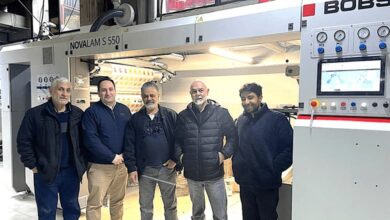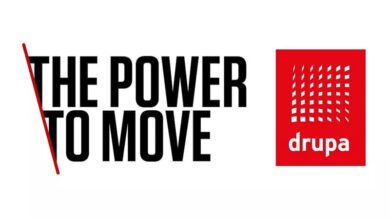A Story with a dimension
 If you are not a technology buff the idea of a French architect setting up a 3D printing shop in Beirut’s Mar Mikhael neighbourhood might seem an ideal plot for a movie rather than a business venture. If this is the case then you are in for a treat because the plot thickens. Before moving to Lebanon the same French man rented a 17th century Ottoman palace near Damascus in Syria.
If you are not a technology buff the idea of a French architect setting up a 3D printing shop in Beirut’s Mar Mikhael neighbourhood might seem an ideal plot for a movie rather than a business venture. If this is the case then you are in for a treat because the plot thickens. Before moving to Lebanon the same French man rented a 17th century Ottoman palace near Damascus in Syria.
Following a complete renovation the palace became home to Bakery Shop where our architect produced eye catching wood and ceramic pieces. Sadly the turn of events in Syria followed by civil war forced our French architect to move to Lebanon which brings a whole new dimension to the story. The French man of our true story is Guillaume Credoz who happens to love Middle East.
His Bakery Shop in Beirut is now a fab Lab for architects, artists and people who simply want to print objects from lamp shade to mugs.
Passion for design
 Architect by profession Credoz understands the intricacies of design. He also seems to have a knack for technology. He is using state-of-the art scanning and 3D printing tools as well as Selective Laser Sintering (SLS), which is an additive manufacturing technique used for the low volume production of prototype models and functional components. SLS uses a high power laser to fuse small particles of plastic, metal , ceramic, or glass into a 3D object.
Architect by profession Credoz understands the intricacies of design. He also seems to have a knack for technology. He is using state-of-the art scanning and 3D printing tools as well as Selective Laser Sintering (SLS), which is an additive manufacturing technique used for the low volume production of prototype models and functional components. SLS uses a high power laser to fuse small particles of plastic, metal , ceramic, or glass into a 3D object.
The laser selectively fuses powdered material by scanning cross-sections generated from a 3-D digital description of the part the surface of a powder bed. After each cross-section is scanned, the powder bed is lowered by one layer thickness, a new layer of material is applied on top, and the process is repeated until the part is completed.
Through additive manufacturing and using a digital file you can make a 3D solid object of virtually any shape. 3D printing is an additive process, while traditional machining techniques, is subtractive processes because to create an object you tend to use techniques such as drilling and removing of materials. Surprisingly 3D printing is not a new technology. The first working 3D printer was introduced in 1984 by Chuck Hull in US. But during past years the technology has experienced an exponential growth.
Credoz is using a ZCorp printer for rapid prototyping and an SLS machine for rapid manufacturing. Using the right material is also paramount in 3D printing operations. Variety of materials including polyamide made of renewable materials, home blend concrete polyamide, draft foam and white plaster are available in the Bakery.
 Credoz’s relentless efforts to come up with new materials have paid off and now he is able to offer detailed architectural models using concrete polyamide . Credoz says” Soon there will be others who offer 3D printing services in this country and across the region. But we have gained valuable experience through the years. It will be tough to compete with us.” Credoz also organizes workshops and interacts with other manufacturers.
Credoz’s relentless efforts to come up with new materials have paid off and now he is able to offer detailed architectural models using concrete polyamide . Credoz says” Soon there will be others who offer 3D printing services in this country and across the region. But we have gained valuable experience through the years. It will be tough to compete with us.” Credoz also organizes workshops and interacts with other manufacturers.
During recently held Beirut Design Week Souraya Haddad and Guillaume Credoz introduced their own designs in the space. Credoz displayed several ceramic works while introducing his 3D manufacturing technologies for ceramic crafting. The exhibition demonstrated the stages of the process.
long way to go
“During the BDW, we held a workshop at our Fab Lab to introduce in detail modelling for 3D printing. For 2 days the participants were exposed to 3D printing process from modelling to final production. Using SLS polyamide they had to design and print their own 12x15x12cm objects. The workshop targeted professionals as well as students,” explains Credoz.
During the BDW closing ceremony Guillaume Credoz held a 50 minutes lecture at the Lebanese American University where he shared his 15 years of experience in 3D printing with the audience and discussed rapid manufacturing process in architecture and design.
Credoz hopes his operation boosts the local production capabilities by helping young and renegade innovators to come up with truly functional and original products.” 3D printing has a long way to go in our region. Its potential is enormous and so far we merely scratched the surface,” concludes Credoz.





